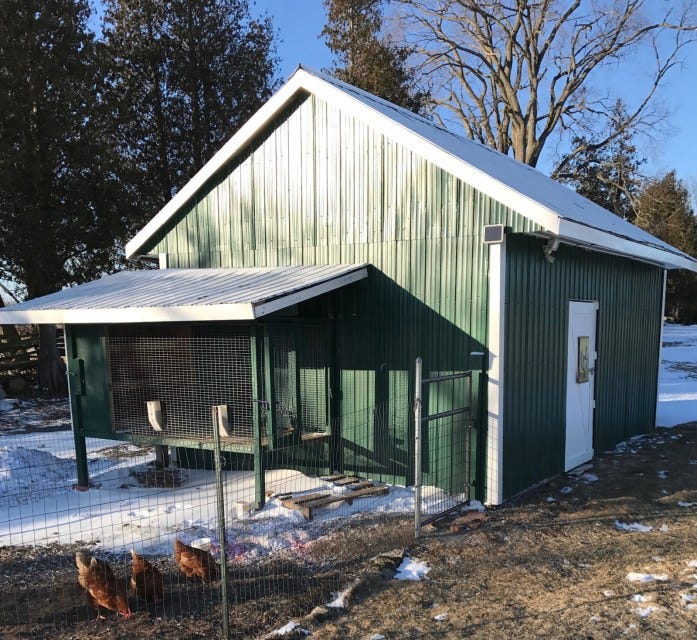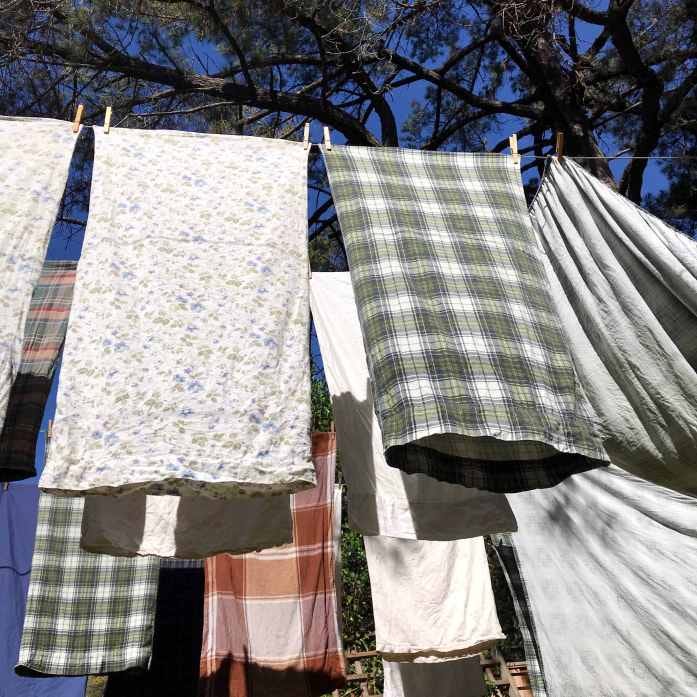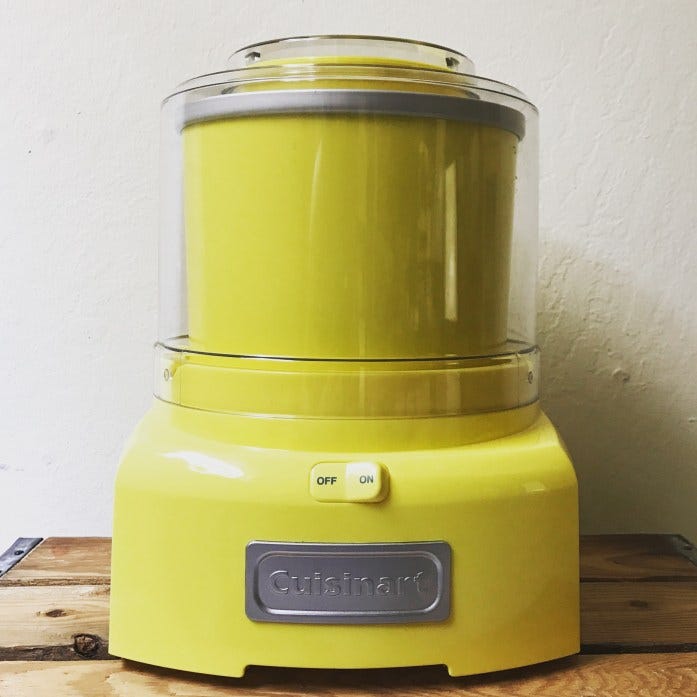Some zero-waste items do cost more up front, such as safety razors and reusable cloth pads. But these pay for themselves in the long run. Certain foods at the bulk bins cost more—and others cost less. Overall, a lower-waste lifestyle has saved me money. The following strategies can help you save money as well.
16 Money-Saving, Low-Waste Ideas
1. Eat the planetary health diet
This first science-based diet “tackles both the poor food eaten by billions of people and averts global environmental catastrophe.” It calls for a 50 percent decrease in red meat and sugar and a two-fold increase in fresh fruit and vegetables, legumes (beans, lentils, peas) and nuts globally. To eat the recommended amounts of these foods, the average North American must “eat 84% less red meat but six times more beans and lentils. For Europeans, eating 77% less red meat and 15 times more nuts and seeds meets the guidelines.”
This diet will not only improve your health and the health of the planet, it costs less than a typical American diet. I can buy a pound of organic chickpeas for less than $3. That cooks up to over seven cups, which will make a giant vat of hummus that we will eat throughout the week. A similar amount of protein higher up the food chain costs much, much more. And if you take health care costs into consideration, you will likely save even more money later by taking better care of your health now.
To put more legumes on your plate, check out my recipes for dal, pumpkin dal, not-too-spicy black beans, and hummus. (I have more recipes for legumes in my book, out April 13th!)
2. Buy less food
Most of us have more food on hand than we think. If you want to save money, buy only what you need. For almost a year now, my shopping has not been as regular as it had been pre-Covid. I don’t usually get everything on my list. And I shop as infrequently as possible. We still have plenty of food on hand. And I’ve finally made a dent in the mystery grains in my pantry.
3. Or buy more food
Deploy this strategy only for non-perishable food you can buy in huge quantities for a discount—and that you will eat. If you eat lots of rice or oats, for instance, find out how much your grocery store or market charges for 25-pound bags of it.
Someone on Instagram told me that she buys 25-pound bags of rice for $11! That is crazy inexpensive! If you can’t eat a 25-pound bag of rice or oats or whatnot but have friends who can help, split the food and the cost. Yes, you will have a bag to deal with—the same bag that stores dump into their bulk bins.
4. Buy no food
Find free, edible food that might otherwise go to waste with the food-sharing app Olio or search for fruit trees available to harvest for free in your area, through Falling Fruit. Other awesome food sharing or recovery organizations include Food Is Free, The Real Junk Food Project and Spare Harvest.
When you’ve finished eating, if you can’t compost in your home, look for someone who will accept your food scraps via the app ShareWaste. Or list your home on the app if you accept food scraps for your compost pile—free (eventual) compost!
(Find a longer list of food sharing and food recovery organizations here.)
5. Produce food
I have grown food sporadically over the years. One day, I hope to have more space to grow lots of vegetables. I planted a few fruit trees in 2003 and although they didn’t bear fruit for the first three or four years, they now do so every summer, with practically no maintenance. I will never again be able to bring myself to buy a lemon.
My sister Michelle has a flock of very happy egg laying chickens that live in a hen palace. She not only saves money on eggs for her family, she also supplies our mom with plenty of them. One day!
6. Eat all your food
This tip is pretty self-explanatory. Wasted food wastes money—and all the resources that went into producing the food (water, energy, land, labor, capital). In the US, up to 40 percent of the food we produce goes uneaten and 40 percent of that wasted food occurs at the consumer level.
(Go here for 23 simple ways to avoid wasting food.)
7. Cook food
Processed food may contain inexpensive ingredients but it is not inexpensive to buy. Avoid shiny packages, cook food from scratch, using whole ingredients, and you’ll save money. Get the entire family involved. The entire job can’t fall on one person’s shoulders.
(Go here for a 12-step program to wean yourself off of processed food.)
8. Eat food in season
You’ll pay much more money for imported strawberries in winter that travelled thousands of miles to get to you—and have no flavor so why bother—than you will for locally grown strawberries in season.
9. Eat at home
Save money by brewing your coffee or tea at home and eating your meals there too. For the $30 I would spend in a restaurant for dinner for two, I can buy quite a bit of food at the farmers’ market or grocery store.
10. Preserve food
Have some perishable food you won’t be able to eat soon? Preserve it and enjoy it later—and save money. If you’ve caught the fermentation bug, ferment your extra vegetables and fruit (see my recipe index for ideas). When we had a plum tree, I made plum jam and canned it. It tasted amazing and cost almost nothing to make. Or simply preserve food by freezing it in your freezer.
If you want to save more money, buy large amounts of food in season and ferment, can, dehydrate or freeze it. But only do this if you can commit to the time necessary to process your large crates of fresh food!
11. Buy less stuff
When you do buy, choose quality items that will last and try to buy secondhand. A while back, two friends of mine wanted new-to-them sewing machines. They mentioned this to their circle of friends and each found what they were looking for. Halnya bought a serger for much less than she would have paid retail and Rachael scored not one, but two free sewing machines!
12. Fix your stuff
In this blog post, I talked about how a zero-waste or low-waste lifestyle leads to the recovery of at least some hands-on, life skills, such as cooking and carpentry. I should add repair and mend to that list.
13. Make your stuff last longer
Hang your laundry up to dry either on a clothesline outside or on racks inside. You’ll save money on electricity and your clothes will last much longer. Season your cast iron pans. Don’t leave your knives sitting in the bottom of the sink where they can rust (and cut you).
14. Borrow stuff
Looking for entertainment? Hit the library. I do still buy some books (I won’t give up books) but I also borrow books. Our library also has a fantastic selection of DVDs.
15. Get free stuff
Look for free stuff through:
Community swap meets (click here for a post on organizing one)
16. Dumpster dive for stuff
So I don’t actually go inside dumpsters but I do find very nice free stuff on the side of the road constantly. (I live in the bizarre bubble of Silicon Valley.) At this point, I see thrift store shopping as extravagant. Some of the items I (or Chandra or Charlotte) have found on the street are:
Le Parfait jars
Pyrex glass dishes
Wooden wine crates
A like-new, working Cuisinart ice cream maker
A vintage cast-iron popover/muffin pan
An antique treadle sewing machine and stand
Two like-new Ethan Allen dining chairs that match my bartered-for dining table
(Go here to see more stuff I’ve found on the street. If you’re on Instagram, and would like to see more of these, I post curbside finds in my stories constantly.)








